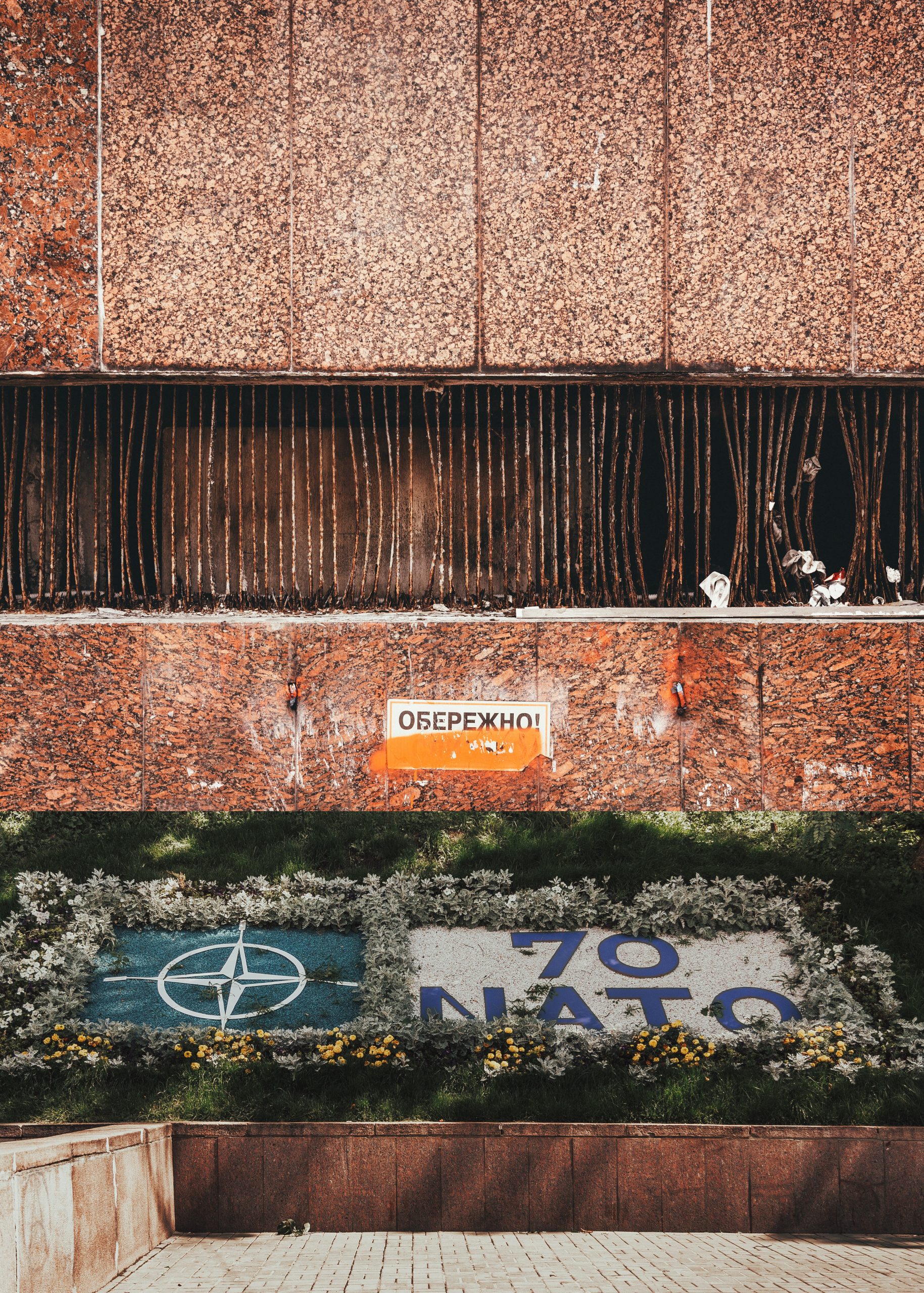NATO, or the North Atlantic Treaty Organization, is one of the world’s most powerful military alliances. It was formed in 1949 as a way to deter any Soviet aggression against Western Europe. Today, it is composed of 30 member countries and is responsible for setting global security standards. Though NATO has been around for decades, many people still don’t know much about it or how it works. In this blog post, we will be unpacking NATO and diving into what it does, its history, and its current state in a comprehensive guide. Let’s get started!
What is NATO?
NATO, or the North Atlantic Treaty Organization, is an international military alliance consisting of 29 member states, including the United States, Canada, and most European countries. The organization was founded in 1949 in response to the Soviet Union’s encroachment on Western Europe during the Cold War.
Since its inception, NATO has played a vital role in maintaining global stability and security. Its member states cooperate on a wide range of issues related to defense, including counterterrorism, cyber security, and maritime safety. In addition, NATO provides a forum for its members to consult on political and security issues of common concern.
The Alliance’s Mission is “to safeguard the freedom and security of its members through political and military means.” In order to achieve this goal, NATO employs a comprehensive approach that integrates military, economic, and social resources. This approach is based on the principles of solidarity, democracy, and rule of law.
NATO’s operations are guided by four essential core tasks: collective defense; cooperative security; crisis management; and cooperative engagement. These tasks are carried out through a variety of mechanisms, including diplomacy, consultation, information sharing, capacity building, joint military exercises, and financial assistance.
As the world’s largest military alliance, NATO is uniquely positioned to address today’s challenges to global stability and security. With its29 members representing over one billion people around the world, NATO brings together a broad range of capabilities and resources that can be mobilized to meet any threat or challenge.
The History of NATO
NATO, or the North Atlantic Treaty Organization, is a military alliance of countries from Europe and North America that was formed in the aftermath of World War II. The original members of NATO were Belgium, Canada, Denmark, France, Iceland, Italy, Luxembourg, the Netherlands, Norway, Portugal, the United Kingdom, and the United States. These countries were joined by Greece and Turkey in 1952, West Germany in 1955, and Spain in 1982. The organization’s headquarters are located in Brussels, Belgium.
The origins of NATO can be traced back to the signing of the North Atlantic Treaty on April 4th 1949. This treaty was signed by twelve countries in an effort to create a military alliance that would deter Soviet aggression in Europe and protect against the spread of communism. The original members of NATO were known as the “Western Powers” and included Belgium, Canada, Denmark, France, Iceland, Italy, Luxembourg, the Netherlands, Norway Portugal, the United Kingdom ,and the United States . Greece and Turkey joined NATO in 1952 after experiencing threats from communist forces in their own countries. West Germany became a member of NATO in 1955 after signing the Paris Agreements which allowed for its rearmament. Spain joined NATO in 1982.
Since its inception seventy years ago , NATO has played a significant role in global politics and military conflicts. In recent years , NATO has been involved in operations such as peacekeeping missions in Bosnia and Kosovo and providing support to coalition forces during the Iraq War .
The Structure of NATO
NATO, or the North Atlantic Treaty Organization, is a military alliance of 29 countries. The organization was founded in 1949 with the signing of the North Atlantic Treaty. NATO’s headquarters are located in Brussels, Belgium.
The structure of NATO can be broken down into three main pillars: the Political-Military Pillar, the Civilian Pillars, and Partnerships.
The Political-Military Pillar is made up of NATO’s political decision-making body, the North Atlantic Council (NAC), and its military arm, the Military Committee (MC). The NAC is comprised of representatives from all 30 member countries and meets at least once a week. The MC is made up of chiefs of defense from each member country and meets several times a year.
The Civilian Pillars are made up of two bodies: the International Staff (IS) and the International Secretariat (ITS). The IS is responsible for providing administrative support to NATO bodies, while the ITS provides analysis and research on issues related to NATO’s mandate.
Partnerships are an important part of NATO’s structure. The alliance has formal partnerships with 54 countries and organizations around the world. These partnerships allow for cooperation on a range of issues, including defense planning, counterterrorism, disaster relief, and more.
The Purpose of NATO
NATO, or the North Atlantic Treaty Organization, is a military alliance of countries from Europe and North America that was formed in the aftermath of World War II. The purpose of NATO is to provide collective security for its member states against external threats. Additionally, NATO promotes democracy and stability in the Euro-Atlantic region through its many activities and programs.
How does NATO work?
NATO, the North Atlantic Treaty Organization, is a military alliance of 29 countries. The organization was founded in 1949 to protect Europe and North America from the Soviet Union and its allies. NATO has since expanded its membership to include countries from all over the world.
NATO’s main purpose is to promote peace and security by deterring aggression and promoting cooperation among its members. The organization does this by maintaining a strong military presence in Europe and North America, and by participating in international peacekeeping missions. NATO also works to promote democracy and human rights, and to promote economic development and environmental protection.
To become a member of NATO, a country must meet certain criteria, including a commitment to democracy, the rule of law, individual liberties, and market-based economies. NATO members cooperate on a wide range of issues, including defense, diplomacy, intelligence sharing, disaster relief, energy security, climate change, and counter-terrorism.
The benefits of NATO membership
Since its founding in 1949, NATO has been the world’s preeminent military alliance. Its members have enjoyed many benefits, including increased security, enhanced economic stability, and improved global relations.
As the world’s largest military alliance, NATO provides its members with a collective defense against aggression. This increases the security of each member state and helps to deter potential aggressors.
In addition to increased security, NATO membership also confers economic benefits. Members of NATO are required to share the costs of military defense, which helps to stabilize their economies. Additionally, being part of NATO gives members access to the organization’s vast financial resources.
Finally, as a result of its large membership and global reach, NATO plays a significant role in shaping international relations. Through its diplomacy and peacekeeping efforts, NATO works to promote stability and mutual understanding among nations.
The challenges facing NATO today
Since its founding in 1949, NATO has been the world’s most powerful military alliance. But today, the alliance is facing some serious challenges. One of the biggest challenges is the changing global security environment. NATO’s primary focus used to be deterring Soviet aggression during the Cold War. But now, with the Soviet Union gone and Russia no longer a threat, NATO must adapt to new threats like terrorism and cyber-attacks.
Another challenge facing NATO is its relationship with Russia. Despite being enemies during the Cold War, NATO and Russia have been working together on some issues in recent years. However, tensions between the two countries have been rising lately, especially over Ukraine. This has led some to question whether NATO and Russia can ever truly be allies.
Finally, another challenge facing NATO is its financial stability. The United States has long been the largest contributor to NATO’s budget, but many Americans are now questioning why their tax dollars should go towards supporting a military alliance that they see as unnecessary. This has led to calls for other nations to increase their contributions, but so far this has not happened on a large scale.
These are just some of the challenges facing NATO today. It remains to be seen how the alliance willAdapt to these changes and overcome these challenges in order to maintain its position as the world’s premier military alliance
Conclusion
This comprehensive guide has given a detailed overview of NATO and what it stands for. It is now clear that the alliance is more than just an agreement between countries to defend each other in times of need, but also serves as a platform for international cooperation on political, economic, and security issues. With its expansive network of partnerships around the globe, NATO continues to play an important role in maintaining global peace and stability.










